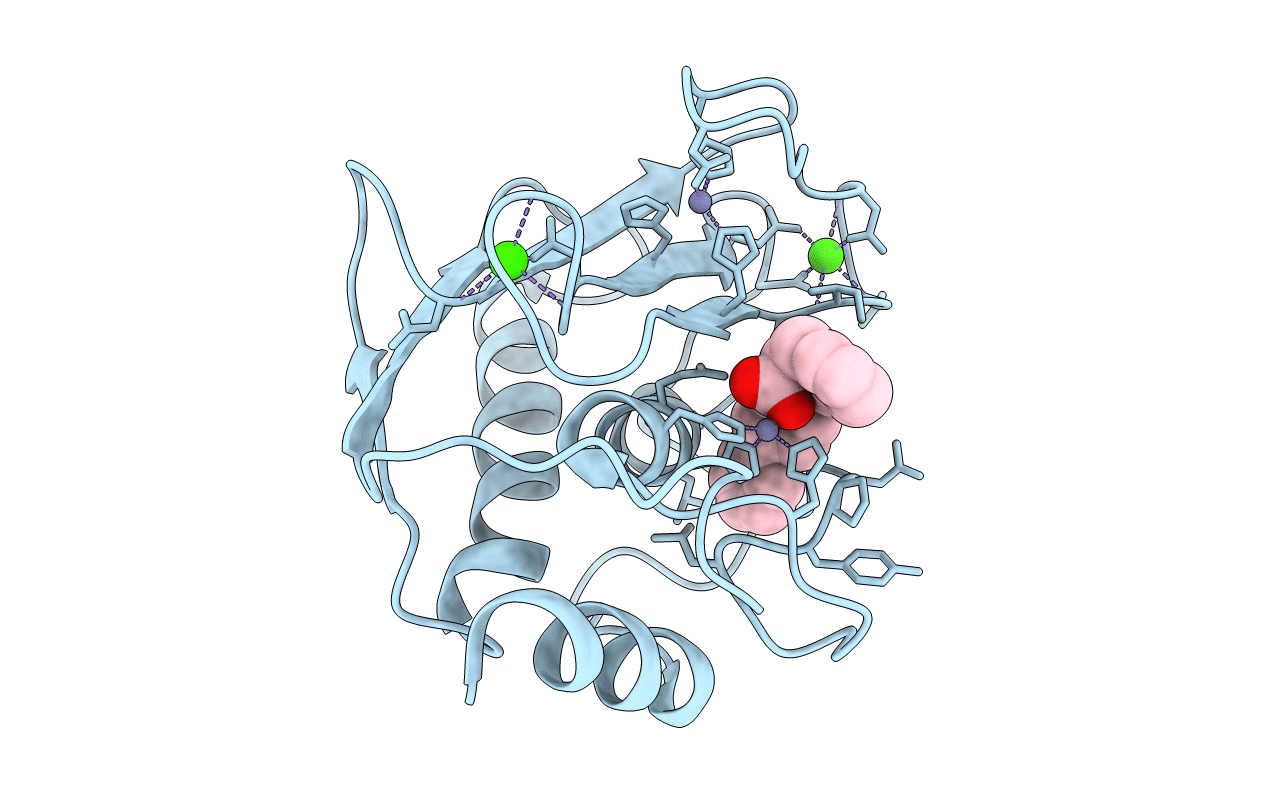
Deposition Date
2001-03-08
Release Date
2001-03-21
Last Version Date
2023-08-09
Entry Detail
PDB ID:
1I76
Keywords:
Title:
COMPLEX OF 2-(BIPHENYL-4-SULFONYL)-1,2,3,4-TETRAHYDRO-ISOQUINOLINE-3-CARBOXYLIC ACID (D-TIC DERIVATIVE) WITH T CATALITIC DOMAIN OF MATRIX METALLO PROTEINASE-8 (MET80 FORM)
Biological Source:
Source Organism:
Homo sapiens (Taxon ID: 9606)
Host Organism:
Method Details:
Experimental Method:
Resolution:
1.20 Å
R-Value Free:
0.17
R-Value Work:
0.12
R-Value Observed:
0.13
Space Group:
P 21 21 21


